
However, the show picks and chooses what details to include because it tells the story largely from the perspective of The Decameron‘s main characters. As such, there’s no discussion of what really causes the plague, all the different forms, or how to treat it. Additionally, details discovered at a later date are omitted. These details are just as interesting as the fictional story, though.
The Black Death Wasn’t The First Plague Pandemic
The First Pandemic Took Place About 800 Years Earlier

Netflix’s The Decameron focuses specifically on the Black Death, which hit Florence in March 1348. Due to being a period piece, The Decameron doesn’t include many details about the plague that weren’t known to the characters. As such, they leave out the fact that the Black Death was the second major bubonic plague pandemic. The first recorded pandemic of bubonic plague started with the Plague of Justinian around 541 CE, followed by at least fifteen major waves.
According to Origins: Current Events in Historical Perspective, by testing dental pulp from bones, palaeogeneticists confirmed that this pandemic stretched into the 8th century. Scholars debate the specific origin of this plague, with some pointing to Africa while others argue that it came from Central Asia. The pandemic mainly impacted the Mediterranean Basin and the former Roman Empire, but it also hit Germany and Great Britain.
There are Three Major Types Of Plague
Bubonic Was The Most Prevalent But Not The Only Type Of Plague During The Black Death

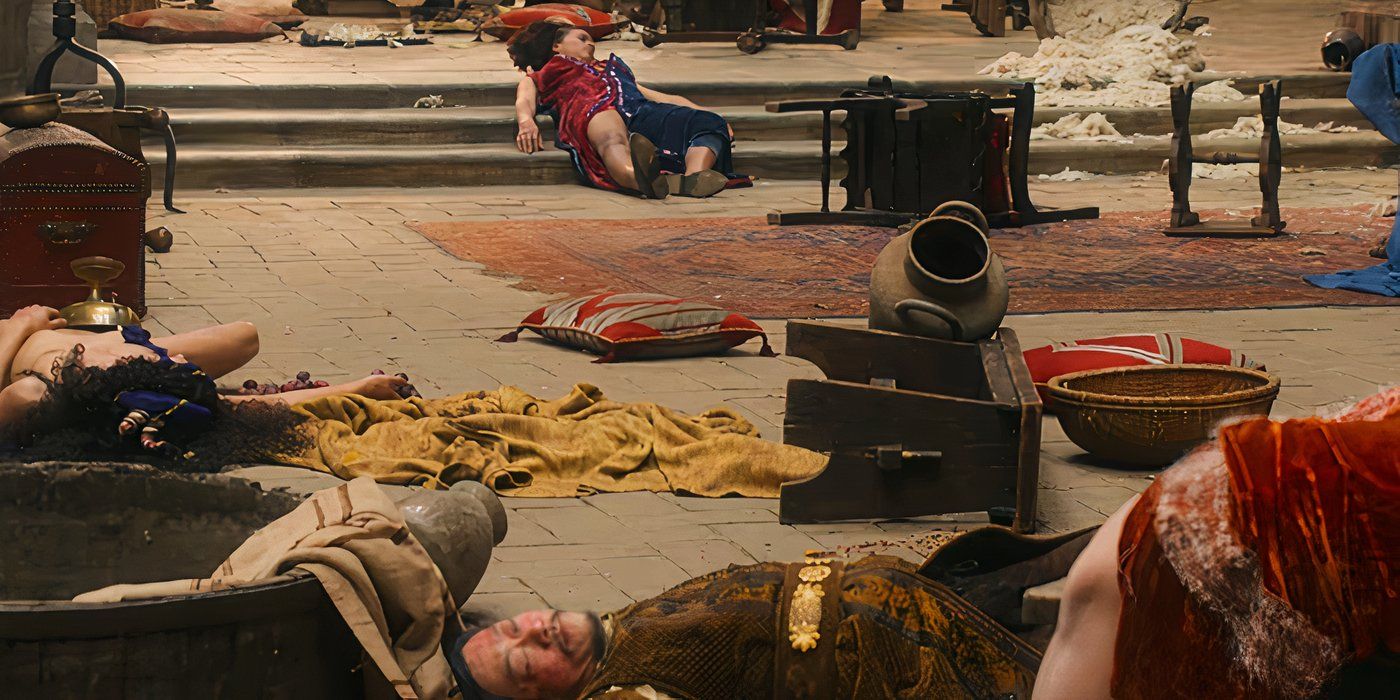
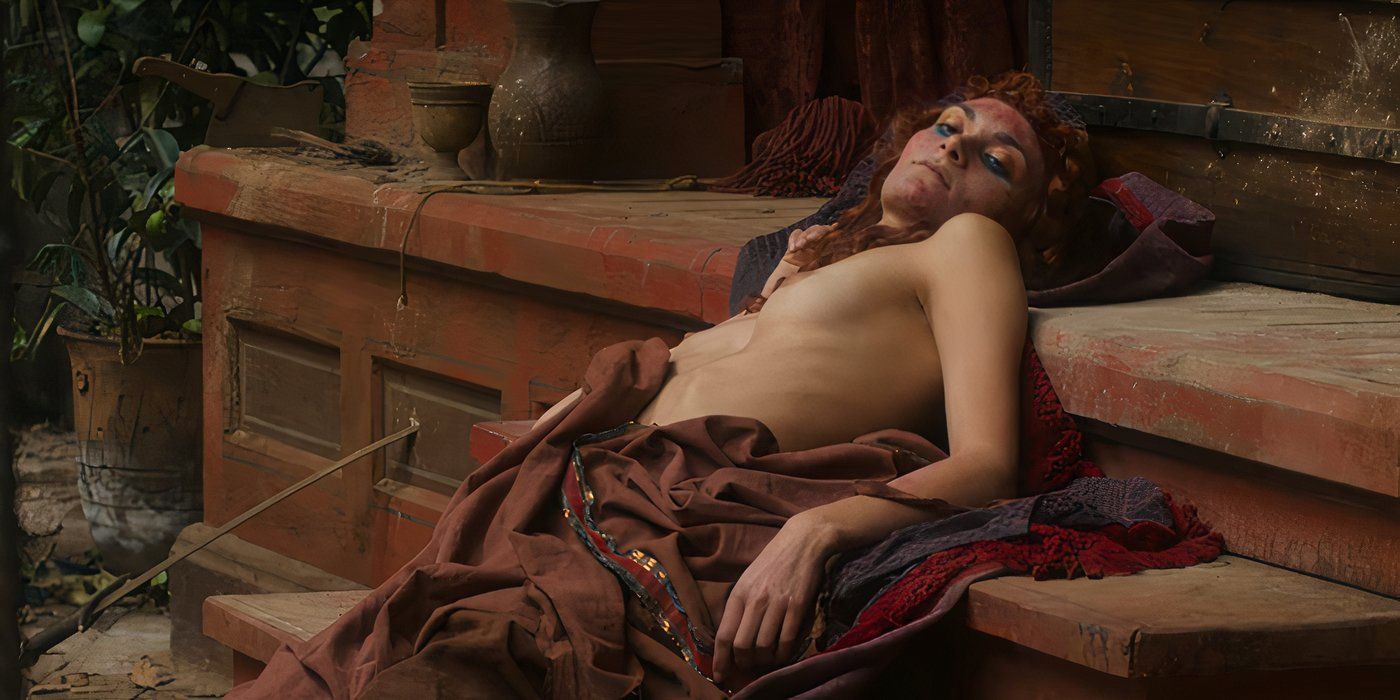
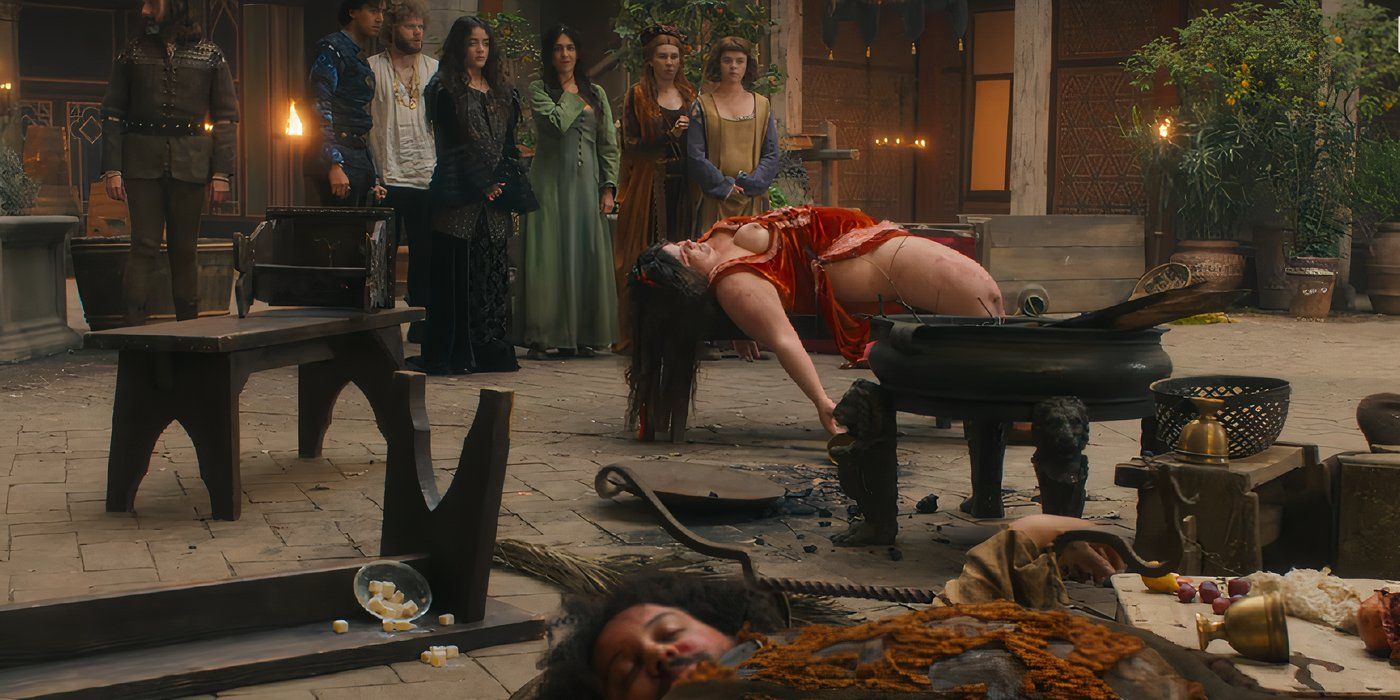
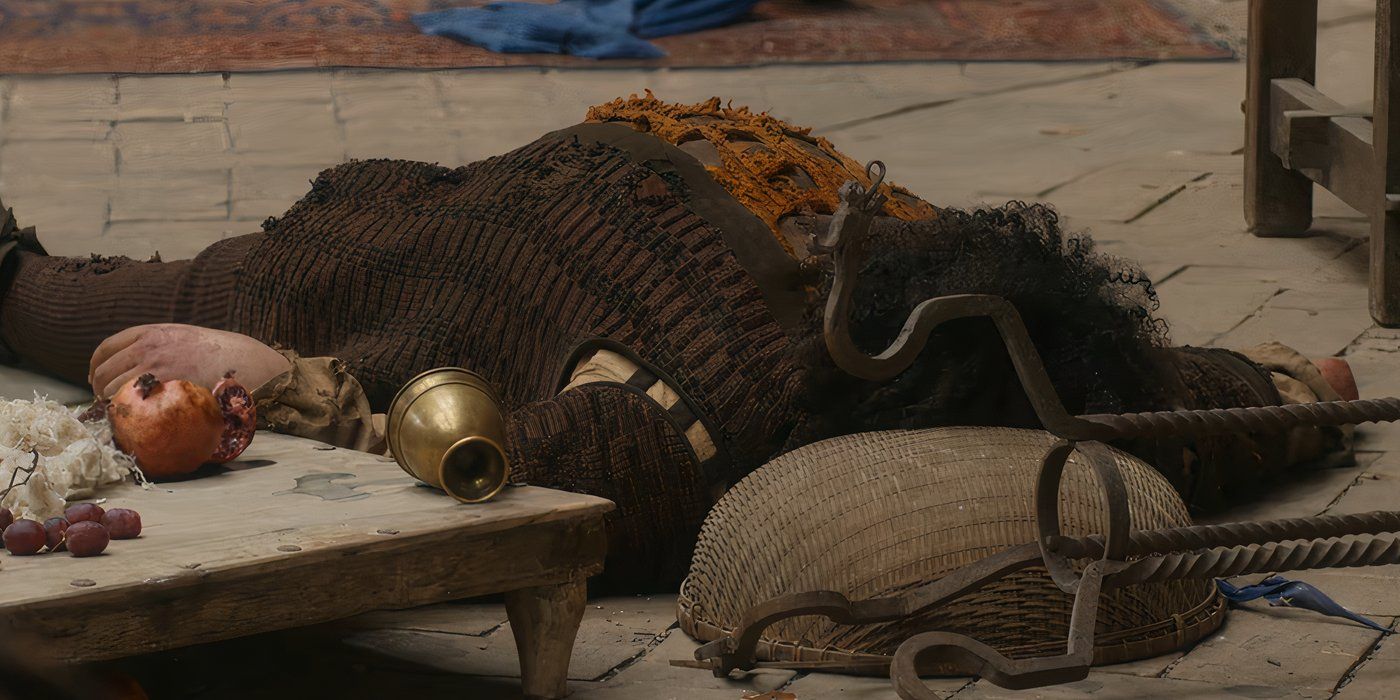





Based on the symptoms shown, Netflix’s The Decameron focuses primarily on the bubonic plague. While this type was the most common form of the titular illness during the Black Death, two other major forms of plague exist as well. The plague is caused by the zoonotic bacteria Yersinia pestis, which is predominantly found in small mammals and their fleas. The three main types of plague are bubonic, pneumonic, and septicemic, which infect the lymph nodes, lungs, and blood, respectively.
The bubonic plague spreads primarily through the bite of parasitic bugs like fleas and lice. Pneumonic plague is the most deadly and fast-acting form and the only kind that spreads from human to human, transmitting through air droplets. This is the most likely cause of the deaths of Dioneo and Ruggiero in The Decameron. Septicemic plague can spread either from the bite of an infected bug or through secondary infection (bacteria moving to the blood from another part of the body). Of all these forms of plague, the only one that causes buboes is the bubonic plague.
The Decameron Leaves Out Symptoms Of The Plague
Buboes From The Plague Turned Black Or Burst
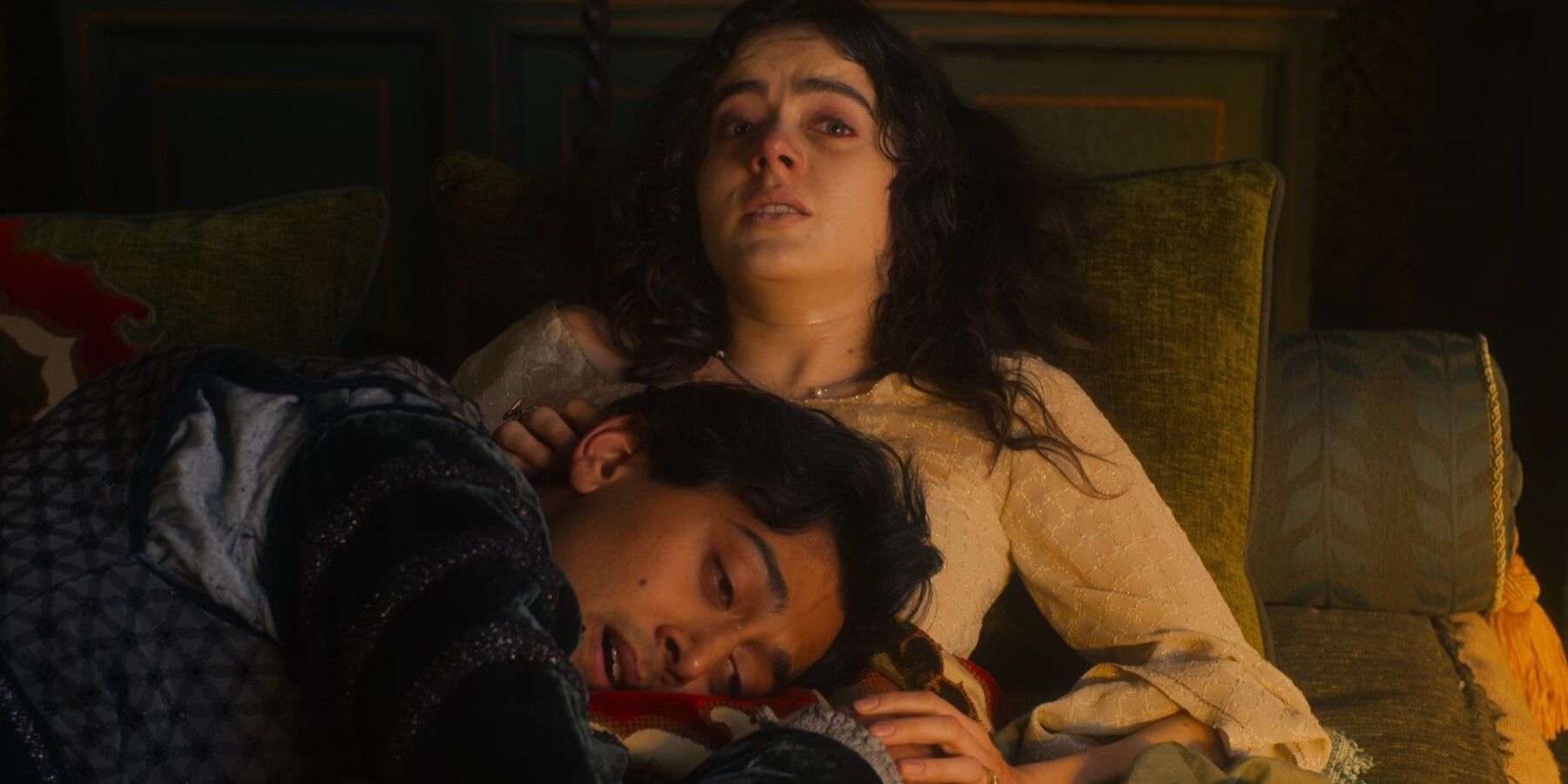
For all of its strengths in accurately portraying the mentality of people during the Black Plague, The Decameron showed very few of the symptoms of the illness. The three main symptoms shown were small buboes (swollen lymph nodes that create a bump), a cough, and a pallid complexion. However, according to the Centers for Disease Control And Prevention (CDC), the infection can also cause fever, chills, body aches, weakness, nausea, internal bleeding, gangrene, pneumonia, and chest pain. In the most severe forms of septicemic plague, people can bleed from the mouth, nose, or rectum.
Additionally, The Decameron’s depiction of buboes minimizes the most disturbing visual aspect of the plague. Buboes can swell up to the size of an orange or egg, not just the small bumps shown in the show. They also only appeared where lymph nodes were, not all over the body. On top of the size difference, the swollen lymph nodes from the plague often turned black. The gangrene and black buboes are the source of the second plague pandemic’s nickname (via National Geographic). Alternatively, the buboes break open and become filled with pus.
Plague Potions For Wealthy People Frequently Contained Opium
Dioneo Would Have Dosed His Patients With Opium

Throughout the first half of Netflix’s The Decameron, Dioneo makes many tonics and potions for Tindaro, despite him not needing them. Potions were a common, albeit ineffective, cure for the Black Death. According to World History’s article on medicine during the plague, one expensive and rare potion contained water and ground “unicorn horn,” which was typically powdered rhino horn or walrus ivory. However, the much more common plague potion for rich people was called theriac, which contained up to eighty ingredients and a massive amount of opium. The latter detail certainly isn’t mentioned in The Decameron.
The paste formed with these ingredients would be mixed with syrup to make it a liquid called treacle. Considering the popularity of this potion and the noble status of everyone at Villa Santa, it’s highly likely that Dioneo would have been unnecessarily dosing Tindaro and the others with opium in The Decameron. In all fairness, the dangers of the substance weren’t known at the time, but it does change how terrifying his actions were when looking at it with the knowledge we have now.
Physicians Treated The Plague with Bloodletting And Leeching
“Bad Blood” Was Believed By Physicians To Cause The Plague

In addition to potions, two common treatments of the plague not depicted in The Decameron are leeching and bloodletting. The understanding of medicine has drastically changed since medieval times. According to World History, Medieval doctors understood that the body was made of four types of humors, or bodily fluids – yellow bile, blood, phlegm, and black bile. All illnesses were understood as an imbalance of these humors or impure humors, which is implied by Dioneo early on in the series.
In order to cure the plague, physicians would engage in one of two methods of removing the “bad blood.” Leeching involves medical professionals placing leeches on the body to suck out the blood and was reserved for the affluent. Bloodletting, on the other hand, involves cutting open an artery or vein to get rid of the impure blood and balance the humors. This option was more popular for less affluent patients. Obviously, neither of these treatments was effective, but they could fit well with the dark comedy tone if The Decameron season 2 happens
Servants Had More Power During The Plague
The Death Toll Made Servants And Serfs In High Demand



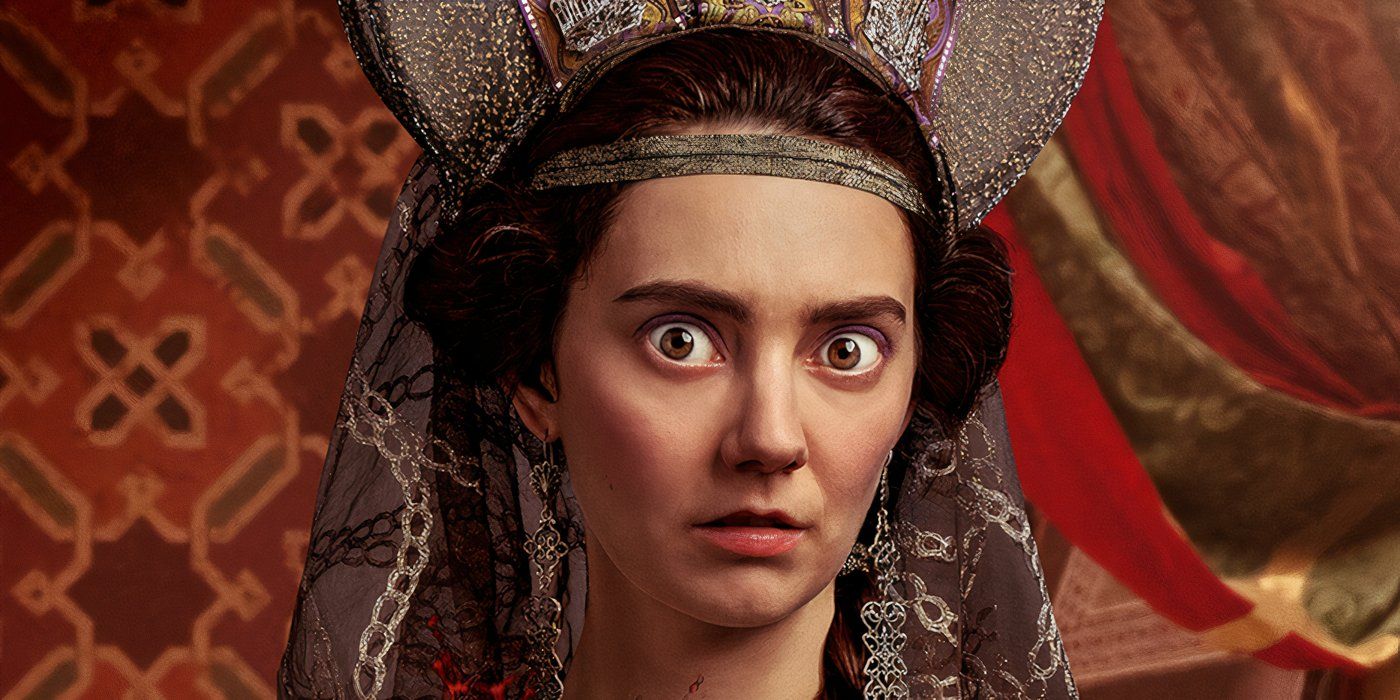






Throughout The Decameron, Misia, Sirisco, Licisca, Stratilia, and Filomena (while she’s pretending to be Licisca) are treated horribly and expected to take it. There’s an air of understanding that they will be replaced and thrown out into the plague-struck Florence if they don’t do everything that’s asked of them. However, this doesn’t fully reflect the reality of that time period. According to World History’s article on the effects of the Black Death, this period provided a rise in power and wealth for the peasants and serfs to the point that it helped bring down feudalism.
Due to the high death toll, serfs and servants became in such high demand that they started negotiating for more pay and better treatment. This improved the lives of the working class in medieval Europe. Based on this information, all the working-class characters in The Decameron would likely have been emboldened to ask for more and be less fearful of being fired.
The Black Plague Inadvertently Furthered Women’s Rights
Women Were Given Rights After The Death Toll Of The Black Plague
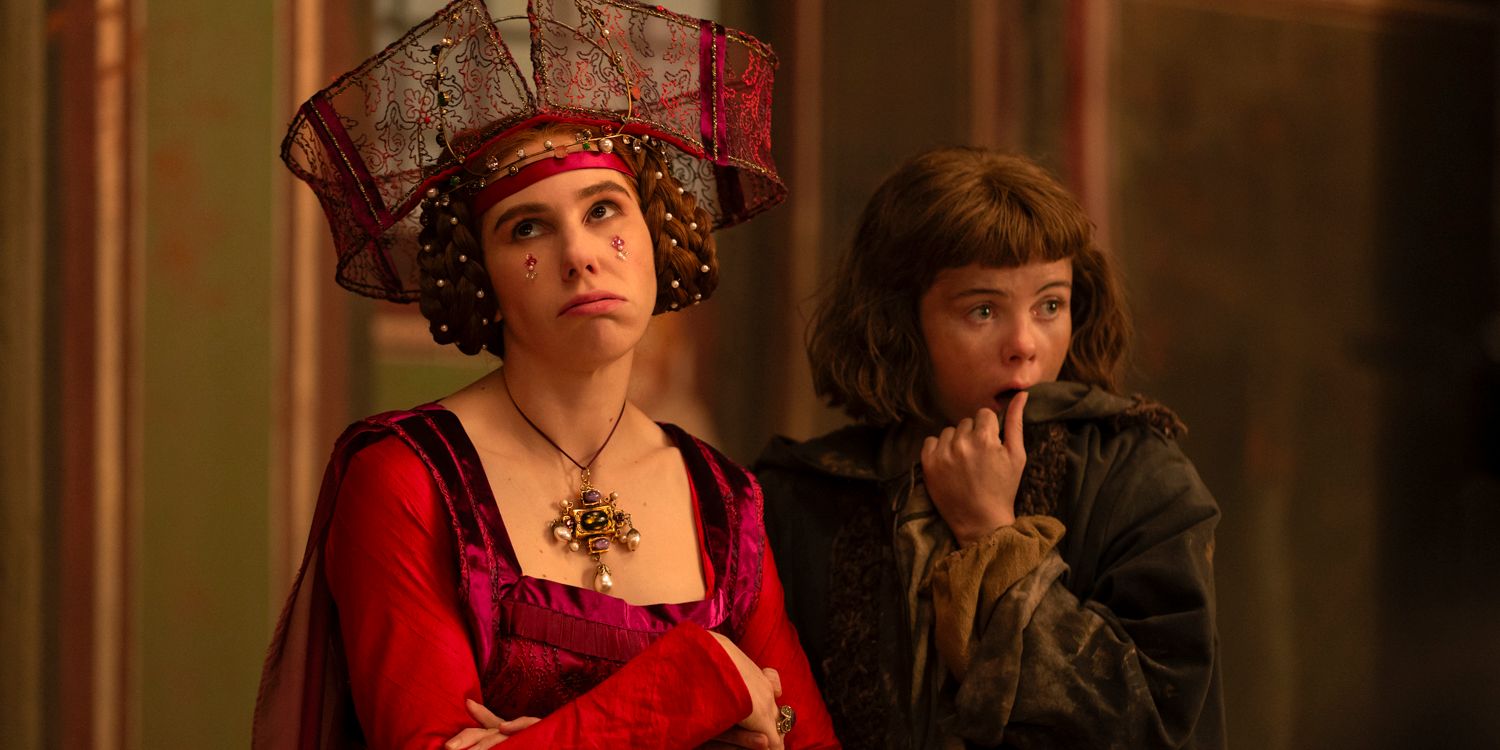

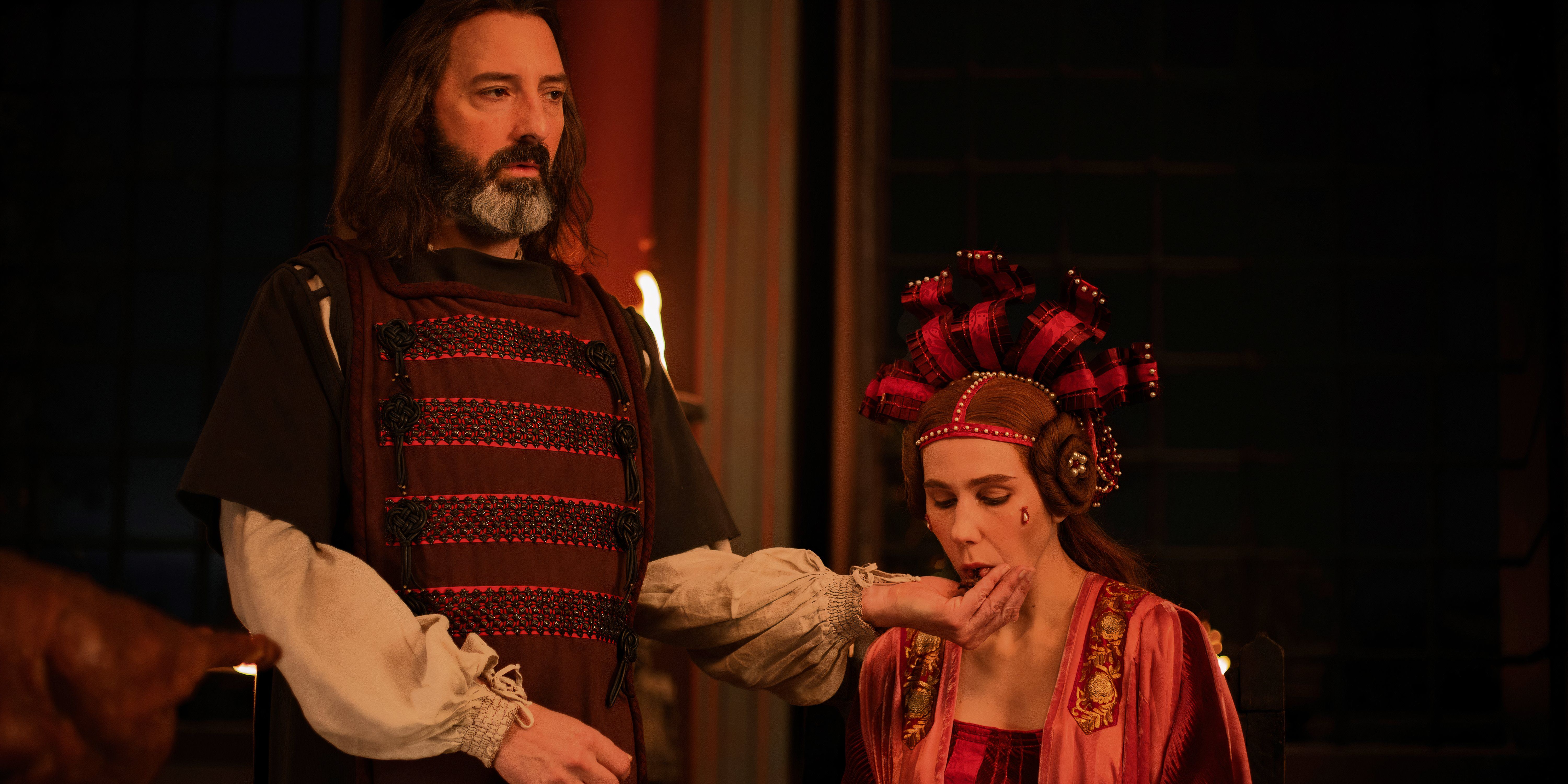

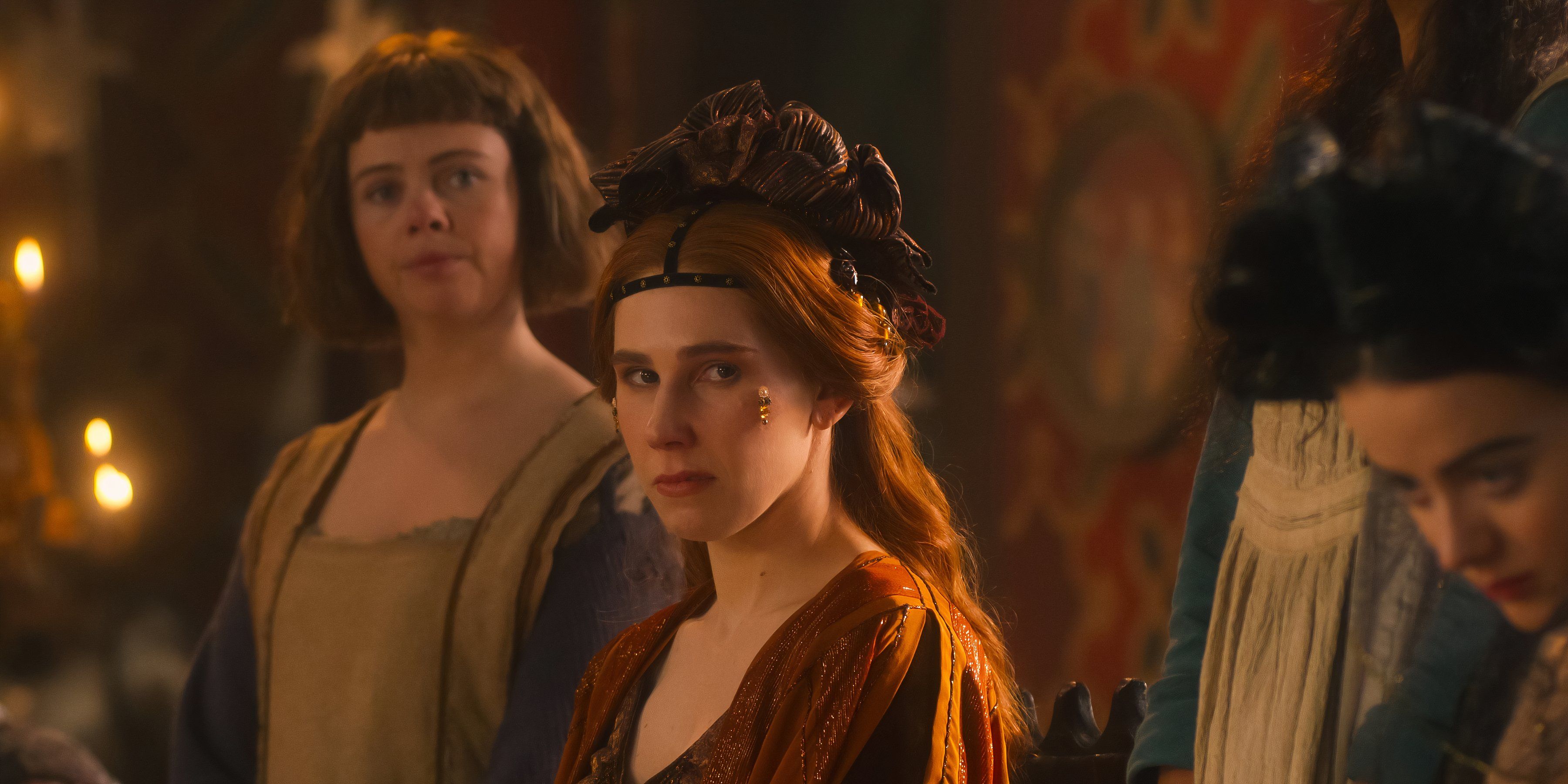





As the most unlikable character in The Decameron, Pampinea treats people in abhorrent ways. However, the one moment where we can actually empathize with her is when she says that her entire value is her dowry. The devaluation of women is wrong, no matter how terrible an individual is. However, she would have had it much better had she lasted to the end of the plague. According to World History, after the Black Death, women gained these notable rights:
The right to own land
The right to take over businesses after their husbands’ or sons’ deaths
More control over who they marry
The ability to join guilds
The right to start and own businesses of their own (primarily shipping businesses, textile businesses, taverns, and farms)
This would obviously have benefitted Paminea and Filomena more than the other women in The Decameron due to their high-class status. However, the rights would theoretically have applied to all the women in the show. Sadly, the aristocracy and the Catholic Church eventually took these rights away again.
The Concept Of Quarantining Was First Introduced During The Black Death
The Costal Town Of Ragusa Introduced The First Quarantine

Because The Decameron is set in an inland Italian city in 1348, the show doesn’t touch on the concept of quarantining – though it could be argued that the guests of Villa Santa are quarantining together. That’s because the first quarantine occurred in the city of Ragusa (now Dubrovnik, Croatia). According to History.com, Ragusa passed legislation mandating that all incoming ships and trade caravans – both cargo and passengers – from plague-infested areas go into 30-day isolation (called trentino) to prevent the transmission of plague.
Doctors had the right to shorten or lengthen this period, leading to the development of the 40-day isolation (called quarantino, which was later translated into quarantine). This city also set up the first plague hospital, which was meant to treat people with the plague and quarantine those coming into the city. It’s fascinating to know that they understood the concept of incubation and social isolation, even if they didn’t understand how the human body worked.
Humans Were The Biggest Carrier Of The Black Plague
Rats Were Previously Believed To Be The Primary Carriers Of The Plague During The Second Plague Pandemic

At the time of the Black Plague, there was zero clear understanding of what caused or transmitted the illness. Giovanni Boccaccio’s The Decameron, on which the Netflix show is loosely based, describes the illness as either being “disseminated by the influence of the celestial bodies, or sent upon us mortals by God in His just wrath by way of retribution for our iniquities.”
According to Clinical Microbiology and Infection (via PubMed), the bacterium Yersinia pestis was identified and cultured in 1894, and the transmission of bacteria from fleas to rodents to humans was discovered in 1898. This became the leading understanding of how the plague spread so fast during the Black Death.
However, in 2018, scientists at the University of Oslo created a mathematical model to test three transmission methods: pneumonic plague, rats, and human fleas and lice. Comparing it to the mortality data for nine epidemics within the Black Death, they surprisingly found that human fleas and lice most closely aligned with the real-life data (via CNN Health). The study’s results point to humans as the biggest carriers of the plague instead of rats.
The Plague Still Exists Today
Antibiotics Are An Effective Treatment For Almost All Cases Of Plague Nowadays

The last plague pandemic occurred in 1894, ebbing and flowing until it finally ended in 1959. Based on the death estimates from GAVI: The Vaccine Alliance, the three pandemics took collectively 117 million to 262 million lives. However, the fact that the world hasn’t had another plague pandemic doesn’t mean the illness has disappeared. Nowadays, plague is found mostly in small rodents. According to the World Health Organization, around 500 to 1000 human cases of the plague happen annually around the world, with most of the cases occurring in the Democratic Republic of Congo, Peru, and Madagascar.
The disease has a case-fatality ratio of 30-100% if left untreated, with pneumonic plague killing people within 18 to 24 hours of onset. While most cases can be cured with antibiotics, antibiotic-resistant strains have popped up a handful of times. Obviously, medieval TV shows like The Decameron won’t share information about the present day, so this information may not be well-known to viewers.




